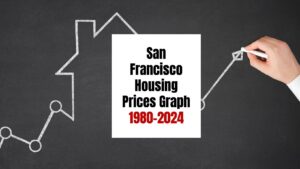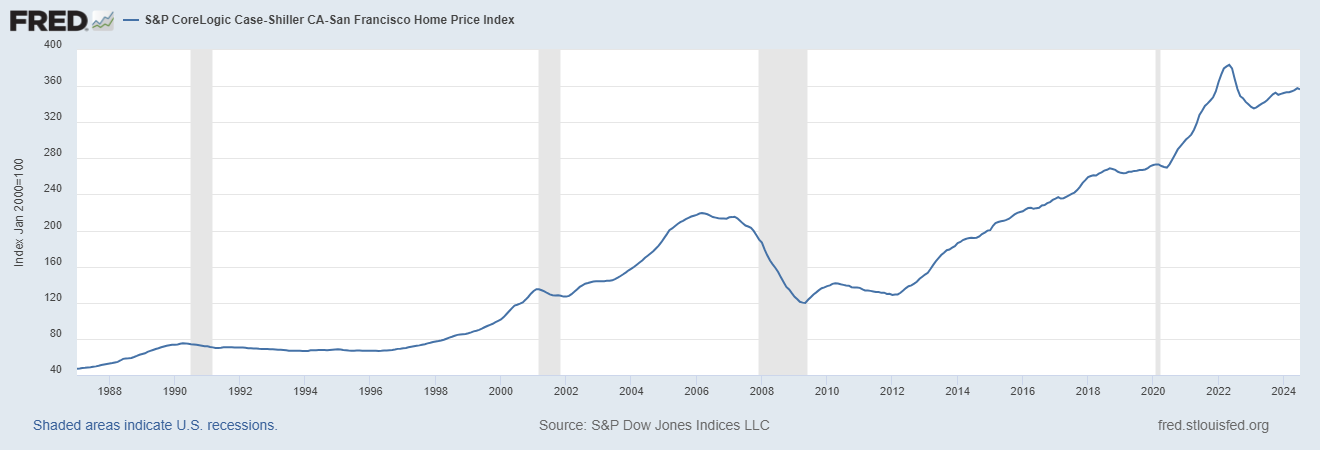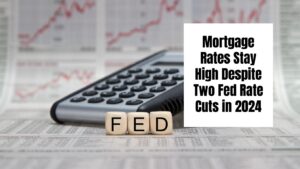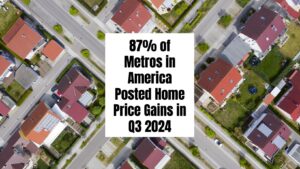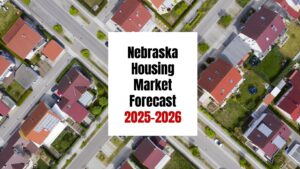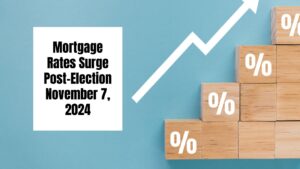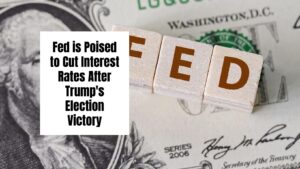When contemplating the upcoming presidential election, many Americans are keen to understand Trump vs Harris: who is better for the housing market? As the candidates jockey for votes, many factors will influence this sector—perhaps more than just party affiliation or personal ideology.
The race is not just about who occupies the White House; it's about how their policies will impact the real estate landscape, affecting millions of homeowners and potential buyers.
The housing market has long been a key indicator of economic stability and growth, and both candidates present distinct approaches that could shape its future. Let's dive into the specifics of their policies and their potential effects on the housing market.
Trump vs Harris: Housing Market Predictions Post-Election
Economic Climate and Election Dynamics
Election years often bring a level of uncertainty to markets, including the housing market. This year's presidential election has already thrown some surprises, and while major shifts in economic policy may not be imminent, it's essential to understand how the candidates' strategies align with current macroeconomic trends. Historical data suggests that election years can influence market transactions and real estate prices, generally showing a neutral to positive impact on home values due to increased buyer activity as people rush to purchase homes before potential changes in policies.
- Increased Activity: According to a report from Bankrate, home prices have, on average, climbed 4.84% during election years since 1987, compared to lower growth in non-election years.
- Market Patterns: Other studies by Keeping Current Matters suggest that electorates are often hesitant to make major purchasing decisions in the months leading up to an election, but this uncertainty often gives way to renewed activity post-election.
Housing Policies: Harris vs Trump
Harris's Policies
- Focus on increasing affordable housing supply
- Expand initiatives to lower urban rental prices
- Shift to developing new housing units
Trump's Priorities
- Deregulation of housing development
- Privatization of government-sponsored enterprises
- Traditional economic incentives (e.g., tax cuts)
Harris's Housing Policies
Vice President Kamala Harris represents a continuation of Biden administration policies, which focus significantly on the supply of affordable housing.
- Focus on Affordability: Harris is likely to expand initiatives aimed at increasing the availability of affordable housing, which can notably improve rental affordability. As the demand for housing continues to outstrip supply, her policies may help stabilize and even lower rental prices in urban areas where affordability remains a significant issue.
- Shift Towards Supply-Focused Policies: Harris's approach aims to pivot from demand-focused efforts—such as buyer tax credits—to developing new housing units. This shift can lead to increased availability, addressing long-standing shortages that plague many regions.
According to insights from HousingWire, this strategy is crucial in sustaining the housing market, especially in the face of inflationary pressures.
Trump's Housing Priorities
In contrast, Donald Trump plans to redirect focus towards deregulation and the privatization of government-sponsored enterprises (GSEs), which may significantly alter the housing market.
- Deregulation Benefits: Trump's policies would likely aim to streamline regulations around market-rate housing development, allowing for quicker project approvals and reduced costs. This approach is intended to stimulate the housing market by promoting new construction ventures.
- Privatization of GSEs: Renewed efforts to privatize Fannie Mae and Freddie Mac could reshape the mortgage landscape. By reducing government intervention, homeownership may become more accessible through private sector innovations, but this could lead to increased risks for consumers if not managed properly.
According to reports from US News, Trump's proposals revolve around more traditional economic incentives like tax cuts, which he argues will enhance job creation and consumer purchasing power.
Key Differences in Tax Policies
While both candidates acknowledge the need for additional housing supply, they diverge significantly regarding tax policies.
- Trump's Position: The Republican Party platform aims to make the 2017 Tax Cuts permanent, which favors wealthier individuals and corporations. The rationale is that lowering taxes can lead to increased investment and consumption. Some economists argue that this may inadvertently lead to market volatility, as wealthier individuals may drive housing prices up in more desirable neighborhoods.
- Harris's Perspective: The Democratic Party seeks a more balanced approach, focusing on reversing tax cuts for the wealthiest Americans to fund social programs that promote housing and economic stability. This strategy, while potentially unpopular among high-income earners, seeks to create a more equitable housing market.
Market Predictions Based on Candidate Policies
The potential impact of each candidate's policies on the housing market can lead to varying predictions about future conditions:
- If Harris Wins:
- Increased Affordable Housing: With a focus on construction, Harris's policies could lead to expanded affordable housing options, reducing competition for lower-income renters.
- Stabilized Home Prices: As more housing stock becomes available, home prices may stabilize, benefiting first-time buyers.
- If Trump Wins:
- Potential for Rapid Price Growth: Trump's policies could lead to increased demand for existing homes, driving prices higher, particularly in areas with limited housing supply.
- Investment Opportunities: Deregulation may encourage a surge in new constructions, but if unchecked, could also exacerbate housing supply issues in certain markets.
Conclusion
As the campaigns heat up, the implications of Trump vs Harris regarding the housing market are evident. Each candidate's approach could define the economic environment for years to come, impacting everything from home prices to rental affordability. While both parties recognize the critical need for increased housing supply, their methods for achieving this are fundamentally different.
For potential homeowners and investors, understanding these dynamics will be crucial in making informed decisions leading up to and following the election. The housing market may continue to face challenges, but the outcomes of this election will significantly shape its future trajectory.
Recommended Read:
- 2008 Forecaster Warns: Housing Market 2024 Needs This to Survive
- Housing Market Predictions for the Next 2 Years
- Housing Market Predictions for Next 5 Years (2024-2028)
- Housing Market Predictions 2024: Will Real Estate Crash?
- Housing Market Predictions: 8 of Next 10 Years Poised for Gains
- Don't Panic Sell: Here's What Current Housing Market Trends Predict
- 2024 Housing Market vs. 2008 Crash: Key Differences
- Economist Predicts Stock Market Crash Worse Than 2008 Crisis
- How Much Did Housing Prices Drop in 2008?

